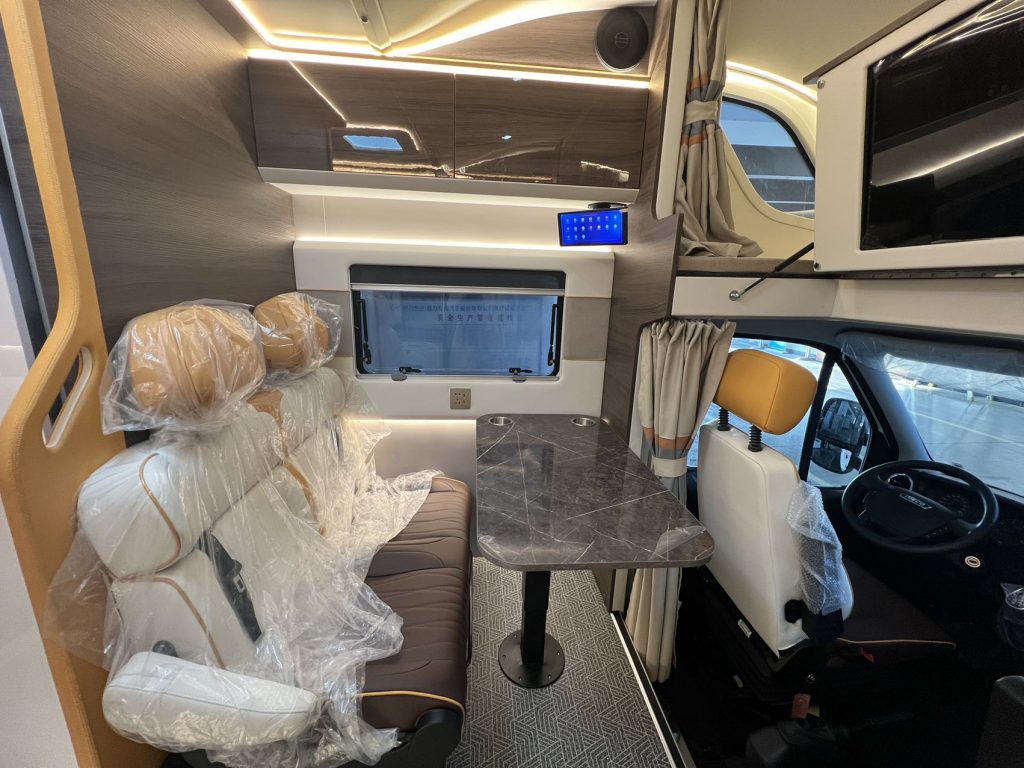Introduction
Truck mounted cranes are essential pieces of equipment used in various industries such as construction, logistics, and transportation. These versatile machines provide the ability to lift and move heavy loads with ease, making them indispensable for many applications. When it comes to choosing the right truck mounted crane for your needs, there are several key features to consider. In this article, we will compare the features of different types of truck mounted cranes to help you make an informed decision.
1. Capacity and Lifting Height
One of the most important factors to consider when selecting a truck mounted crane is its lifting capacity and maximum lifting height. The lifting capacity of a crane is typically measured in tons and refers to the maximum weight that the crane can lift safely. The lifting height, on the other hand, refers to the maximum height at which the crane can extend its boom to lift a load.
Different truck mounted cranes come with varying lifting capacities and lifting heights, so it is crucial to match these specifications to your specific lifting requirements. For example, if you need to lift heavy loads to greater heights, you will need a crane with a higher lifting capacity and lifting height. Conversely, if you only need to lift lighter loads to lower heights, a crane with a smaller capacity and height may suffice.
2. Boom Length and Reach
Another important feature to consider when comparing truck mounted cranes is the boom length and reach. The boom is the arm of the crane that extends out to lift and move loads, and its length determines the reach of the crane. A longer boom allows the crane to reach further distances, making it ideal for applications where loads need to be lifted or placed at a distance.

When comparing different truck mounted cranes, consider the boom length and reach that best suits your lifting requirements. For tasks that require lifting loads over long distances, a crane with a longer boom and greater reach would be more suitable. On the other hand, for tasks that involve lifting loads closer to the truck, a crane with a shorter boom may be sufficient.
3. Mobility and Maneuverability
The mobility and maneuverability of a truck mounted crane are essential considerations, especially when working on job sites with limited space or uneven terrain. Some cranes come with features such as hydraulic outriggers for stability and mobility on uneven surfaces, while others are equipped with telescopic booms for enhanced reach and flexibility.
When comparing the mobility and maneuverability of different truck mounted cranes, look for features such as compact design, easy maneuvering controls, and stability systems that allow the crane to operate safely on various terrains. Consider the type of job sites you will be working on and choose a crane that offers the mobility and maneuverability needed to navigate these environments effectively.
4. Safety Features
Safety is paramount when operating a truck mounted crane, as any mishap can result in serious injuries or damage to property. Therefore, it is essential to consider the safety features that come with different cranes to ensure the well-being of operators and workers on the job site.
Some common safety features to look for in truck mounted cranes include overload protection systems, emergency stop buttons, anti-two-blocking devices, and load moment indicators that provide real-time feedback on the crane's stability and load capacity. By choosing Best work trucks for construction with robust safety features, you can minimize the risk of accidents and ensure a safe working environment for all involved.
5. Power Source and Control System
Truck mounted cranes can be powered by different sources, including hydraulic systems, electric motors, or diesel engines. The choice of power source will depend on factors such as the type of work you will be doing, the availability of power sources on the job site, and environmental considerations.
Additionally, the control system of the crane plays a crucial role in its operation and efficiency. Some cranes come with advanced control systems that allow for precise movements and positioning of loads, while others have simple controls that are easy to operate. Consider the power source and control system that best suits your needs and preferences when comparing different truck mounted cranes.
6. Maintenance and Serviceability
Regular maintenance and servicing are essential to ensure the reliable and efficient operation of a truck mounted crane. When comparing different cranes, consider factors such as ease of maintenance, availability of spare parts, and serviceability to minimize downtime and repair costs.
Look for cranes that come with user-friendly maintenance features, such as easy access to critical components, clear maintenance instructions, and readily available spare parts. Additionally, choose a crane from a reputable manufacturer that offers reliable service and support to address any maintenance or repair needs promptly.
Conclusion
Choosing the right truck mounted crane involves comparing various features such as lifting capacity, boom length, mobility, safety features, power source, and maintenance requirements. By considering these factors and matching them to your specific lifting requirements and job site conditions, you can select a crane that meets your needs effectively. Whether you are working in construction, logistics, or transportation, a well-equipped truck mounted crane can enhance productivity, efficiency, and safety in your operations.
